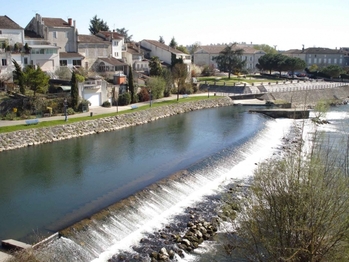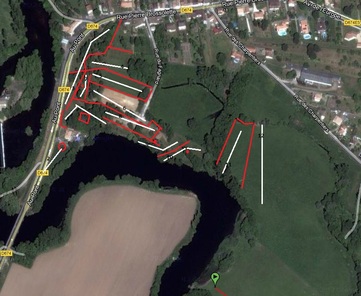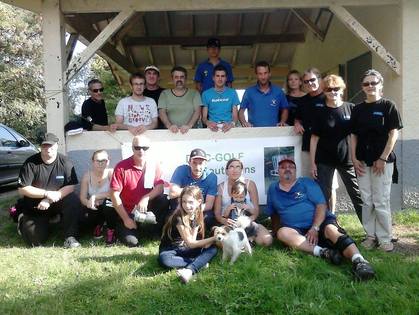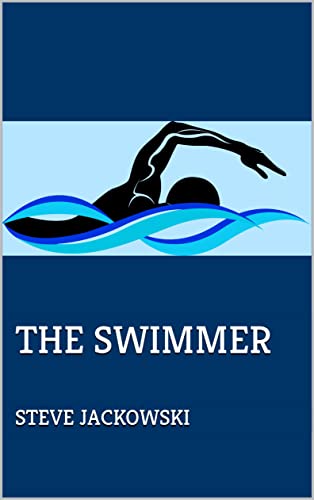
Karen and I have talked about getting bikes and exploring the Basque countryside on two wheels, but she's afraid of hills and I must admit that I get nervous on narrow winding country roads with no bike lanes and no shoulders.
But every time we take the A63 in or out of the area, we pass over the Nive River and we've been envious of the people who are running, walking, and biking along a paved path that leads inland.
A couple of trips ago, I did some research and discovered that this path, called the Chemin de Halage, was actually built centuries ago and was used to haul boats upriver to the villages of Usteritz and Cambo les Bains. It has since been turned into a multiuse path for pedestrians and bikes. There are still a few homes and farms which are only accessible via the path, so it's possible, but very unlikely, that you might see a car on the path - it's limited to locals only.
I also discovered that there are several access points to the Chemin de Halage so a year ago, Karen and I did some short walks (she wasn't walking well at that point) along the middle part. We often saw rowers training on the river. Then, this summer, Karen's daughter and son-in-law spent a month here. We talked about the Nive and the Chemin de Halage, and they discovered that the city of Bayonne lends bikes for free. They took a ride along the Nive.
Of course, on our return, we had to do the same, so yesterday, we went to the tourist office in Bayonne, gave them my driver's license and a credit card number and we were off.

Once you leave the city, you have the river on your left and stands of trees, fields of corn, and patches of Espellete peppers on your right. There are benches every quarter mile or so. If you look carefully, you can spot ancient ruined farmhouses tucked away in the trees and there are even a few spectacular chateaux on the hillsides.


The path is well-maintained with no potholes. Many of the benches are perched on the side of the river under trees. With a light wind blowing, they offered perfect places to just relax and watch the water go by. And the fish.
I don't know what kind of fish we saw, but they're huge - at least 2 feet long. They travel in schools so sometimes, large sections of the river lift at once and you think the Loch Ness monster has found its way to the south of France. I'm sure the many waterfowl, egrets, herons, and grebes, have no problems eating their fill.

Usteritz itself has a lot of history (as does most of France). Built in the 11th century, it served as a crossroads for commerce with Spain. The Nive, which accessed the Port of Bayonne, was a gateway for the interior Basque region and Usteritz flourished. It was the 'capital' of this part of the Basque country. In 1174, Richard the Lionhearted captured Usteritz in 10 days to gain control of the region. Today, the village has about 6,000 inhabitants, a few chateaux - most restored since the 17th century, and a cemetery with gravestones from the 12th century.
From the tourist office in Bayonne, our turn point in Usteritz was 8.5 miles into our trip. We probably could have continued towards Cambo Les Bains, but we decided to return since we had thoughts of getting a round of disc golf in before heading home.

And as we passed under the A63, thinking of the cars passing overhead who were probably envying our leisure, we saw the twin spires of the Bayonne cathedral.
We made our way through the old city to the tourist office where the friendly woman returned my driver's license and the document on which she'd noted my credit card number.
The ride along the Nive was a very pleasant way to spend an afternoon. We'll definitely do it again. But the Nive offers much more - kayaking, boating, fishing, horseback riding, and more. The Chemin de Halage is a great way to access it. On our next visit, we'll be taking our kayaks. Since this part of the Nive is tidal water and tide changes here range between 12 and 25 feet, we'll see if we can time the upriver paddle with the end of the incoming tide so we can have a nice easy downriver return. If we're successful, I'll try to post some pictures from the river itself.







 RSS Feed
RSS Feed